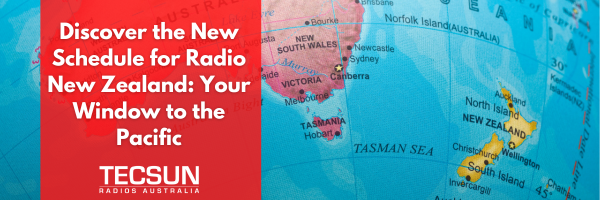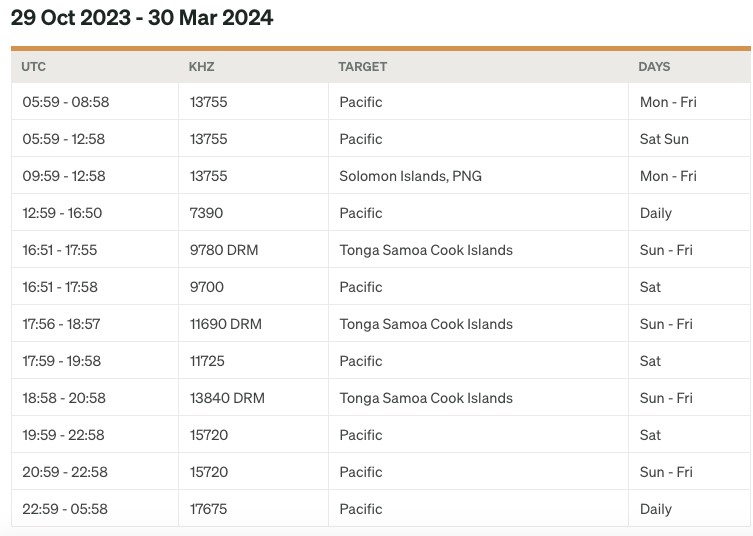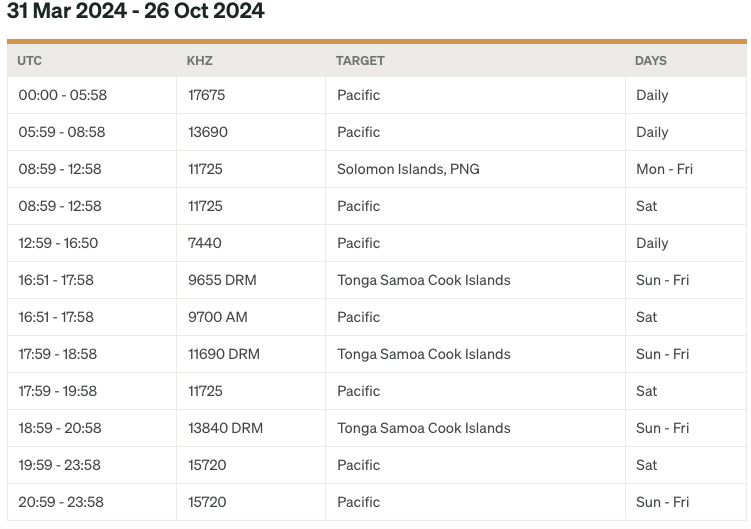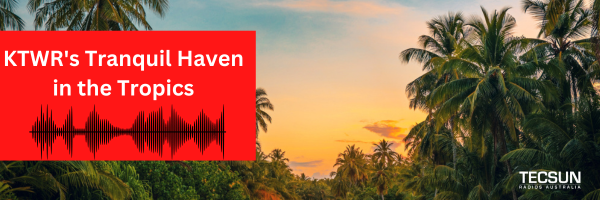
As we eagerly anticipate the upcoming solar eclipse on April 9, it’s essential to understand how this celestial event can influence HF signal propagation. A solar eclipse occurs when the moon passes between the Earth and the Sun, momentarily blocking the sun’s rays. This interruption in solar radiation can have significant effects on the Earth’s ionosphere, particularly in the altitude range of 60 to 90kms.
During a solar eclipse, the reduction in solar radiation leads to a corresponding decrease in ionization in the ionosphere. This reduction in ionization can disrupt HF signal propagation, affecting radio signals, GSP navigation systems, and shortwave communications. The sudden change in ionospheric conditions can create challenges for radio operators and listeners alike.
However, despite the potential disruptions, the solar eclipse also presents a unique opportunity for amateur radio operators and shortwave listeners. It offers a firsthand opportunity to observe and study the effects of a solar eclipse on radio wave propagation. In particular, shortwave listeners may notice improved reception of LW signals, including time signals, as discussed in our recent blog post.
We encourage listeners to share any signal reports logged during this period, as it will contribute to our collective understanding of solar eclipse effects on radio communication.
This blog post is brought to you by Garry from Tecsun Radios Australia.
With years of experience as a dedicated hobbyist, Garry is passionate about exploring the fascinating world of radio communication and sharing his insights with fellow enthusiasts.
Stay tuned for more updates and insights from Tecsun Radios Australia. Happy listening!
Best regards,
Garry from Tecsun Radios Australia

Hey there fellow shortwave enthusiasts!
I’m Garry from Tecson, and I’m thrilled to share with you the latest schedule for Radio New Zealand International (RNZI). Thanks to a fellow enthusiast who passed this along, we’re excited to dive into what RNZI has to offer our community.
RNZI has long been a cornerstone for those of us passionate about shortwave radio, providing in-depth news coverage, current affairs insights, and captivating audio features. Now, with their updated schedule effective March 31st, there’s even more to look forward to.
New Schedule Highlights:
Maintenance Day: Keep in mind, folks, that RNZI observes Maintenance Day on the first Wednesday of every month. From 2230 to 0600 UTC (Thursdays 1030 to 1800 NZST), there might be some interruptions to our regular programming. But hey, it’s all in the name of keeping those airwaves clear and crisp!
Satellite Availability: For those who prefer satellite access, RNZI has got you covered, thanks to TVNZ Pacific Service. Now you can tune in with ease, no matter where you are.
Frequency Details for RNZI:


– Satellite Slot: IS19/23 C Slot A
– Downlink Frequency:** 4146.5 V
– FEC:** 3/4
– Symbol Rate:** 5.6320
So there you have it, folks! With RNZI’s new schedule and these handy frequency details, we’re all set for some top-notch shortwave listening. Let’s keep those radios tuned and those ears open for the incredible stories and insights RNZI has in store for us.
Happy listening.
 If you’re captivated by unique radio facilities, then you’re in for a treat. Join us on a journey to discover one of the most picturesque shortwave transmitter sites nestled in the heart of the tropics. Today, we’re delving into the story of KTWR, a beacon of broadcasting excellence stationed on the tranquil shores of Guam. Inspired by a captivating article on RadioWorld.com, we invite you to immerse yourself in the enchanting world of shortwave broadcasting with us.
If you’re captivated by unique radio facilities, then you’re in for a treat. Join us on a journey to discover one of the most picturesque shortwave transmitter sites nestled in the heart of the tropics. Today, we’re delving into the story of KTWR, a beacon of broadcasting excellence stationed on the tranquil shores of Guam. Inspired by a captivating article on RadioWorld.com, we invite you to immerse yourself in the enchanting world of shortwave broadcasting with us.
Unveiling KTWR
Since its inception in 1954, Trans World Radio (TWR) has been on a mission to spread the gospel far and wide through the airwaves. Broadcasting in over 200 languages across 190 countries, TWR’s legacy of connectivity and outreach is truly awe-inspiring. Among its illustrious portfolio of transmitter sites, one gem stands out—the serene locale of KTWR on the idyllic island of Guam.
Journey to Micronesia
Located in Micronesia, Guam serves as the home base for KTWR, reaching listeners across Asia with its powerful shortwave transmissions. From the icy expanses of Siberia to the sun-kissed shores of Indonesia, KTWR’s signal resonates far and wide, carrying messages of hope and faith to diverse communities.
Engineering Marvels
At the heart of KTWR’s broadcasting prowess lies its impressive infrastructure. With three transmitters and a suite of TCI curtain antennas, KTWR’s technological arsenal is a testament to human ingenuity and dedication. Installed and maintained by a team of skilled personnel and volunteers, these cutting-edge facilities ensure uninterrupted transmission of TWR’s life-changing programs.
Nature’s Resilience
However, life on Guam isn’t without its challenges. As a territory prone to natural disasters, Guam has weathered its fair share of storms, including the formidable Typhoon Mawar in 2023. Despite the devastation wrought by Mawar’s fury, KTWR emerged resilient, its towers standing tall amidst the chaos. With a spirit of perseverance, the team at KTWR swiftly embarked on the path to recovery, reinforcing their commitment to serve communities in times of adversity.
A lesson learned
The aftermath of Typhoon Mawar serves as a poignant reminder of the importance of preparedness in the face of uncertainty. As KTWR resumed its broadcast after a brief hiatus, the incident underscored the resilience of human spirit and the indomitable power of radio to transcend barriers and unite communities.
As we reflect on the tale of KTWR, we’re reminded of the enduring allure of shortwave broadcasting and its ability to weave together the fabric of humanity. From the tranquil shores of Guam to the farthest reaches of Asia, KTWR’s signal serves as a beacon of hope, lighting the way for those in need. So, the next time you tune into the airwaves, remember the remarkable journey of KTWR—a testament to the indomitable spirit of radio in the modern age.
*Note: This blog has been reimagined from a captivating article on RadioWorld.com, showcasing the extraordinary story of KTWR’s transmitter site in the tropics.*


